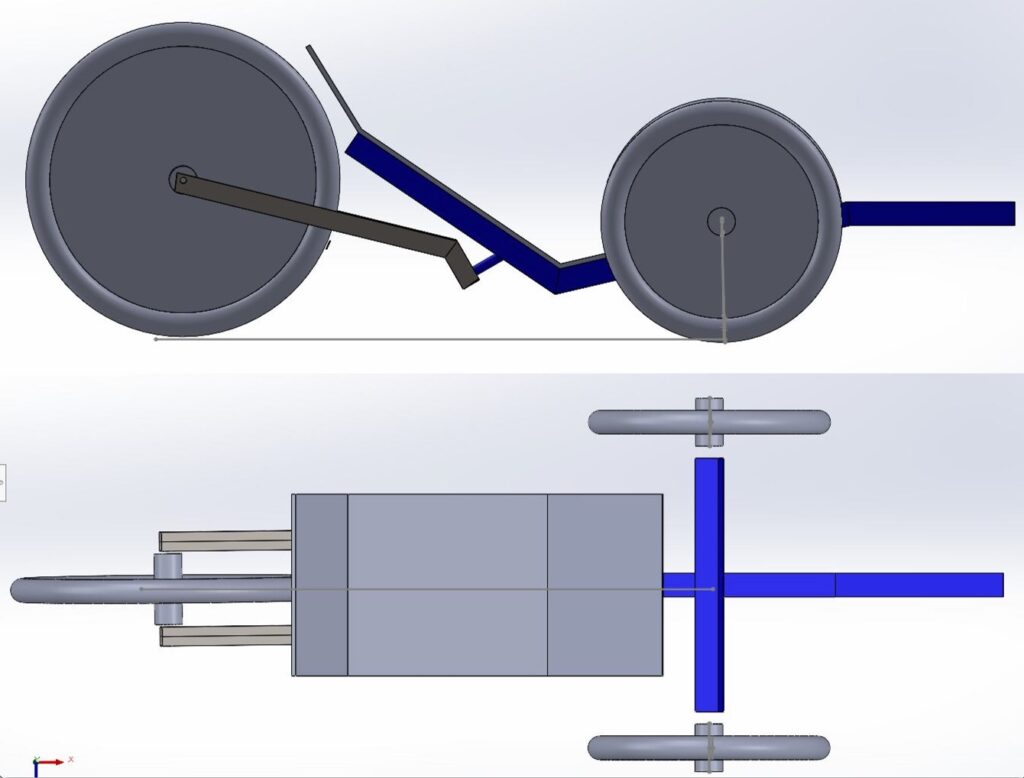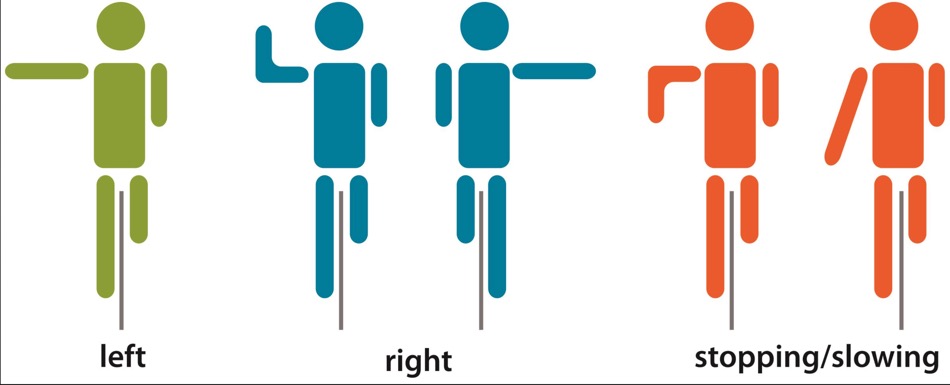
Velomobile Riding Safety:
Navigating the Streets and Bicycle Paths with Confidence
Cycling is an excellent way to stay fit, reduce carbon emissions, and beat traffic congestion. With the growing popularity of velomobiles, cycling enthusiasts now have a new and exciting option. Velomobiles combine the efficiency of cycling with added protection and comfort, making them an appealing choice for riders of all ages and abilities. However, as with any mode of transportation, it is crucial to prioritize safety. This article will discuss some essential tips for riding a velomobile safely on streets and bicycle paths.
1. Know the Rules of the Road:
Before venturing out on the streets or bicycle paths, it is crucial to have a thorough understanding of traffic laws and regulations. Make sure you are familiar with local cycling laws, including rules for cyclists, traffic signals, and right of way. Treat your velomobile as you would any other vehicle on the road, and always follow the established road rules. You can also use hand signals when appropriate.

Bicycle Safety: Communicate Effectively Hand Signals
Bcling is a fantastic way to stay fit, enjoy the outdoors, and reduce your carbon footprint. However, cyclists often face safety concerns on the roads, where they have to share the space with motor vehicles. To ensure a safe and enjoyable experience, it is crucial for cyclists to communicate their intentions effectively. This is where hand signals come into play.
Hand signals are universally recognized gestures that convey a cyclist’s intended actions to motorists and other cyclists. By using hand signals, cyclists can inform others about their next move, allowing everyone to navigate safely together. Here are some essential hand signals every cyclist should know:
- Left Turn Signal:
When planning to make a left turn, extend your left arm straight out to the side, parallel to the ground. This signal alerts those behind you that you intend to turn left at the upcoming intersection or junction. Remember to keep your hand steady and visible for at least a few seconds before initiating your turn. - Right Turn Signal:
For a right turn, there are two ways to signal depending on the situation. If you feel comfortable removing your right hand from the handlebar, extend it straight out to the side, much like the left turn signal. However, if you prefer to have both hands on the handlebar, you can use your left hand instead. Extend it upward at a right angle to indicate your intention to turn right. Whichever method you choose, ensure your signal is clear and visible to those around you. - Stop Signal:
To indicate that you are planning to come to a stop or slow down significantly, raise your left arm, bend it at the elbow, and point your hand downward, palm facing backward. This signal alerts both motorists and cyclists behind you to your intention, giving them time to react accordingly. Make sure to maintain this signal for a reasonable period before actually stopping, allowing those behind you to anticipate your actions. - Hazard Signal:
Sometimes, cyclists encounter obstacles or hazards on the road, such as potholes, debris, or pedestrians. To alert those following you, extend your left arm diagonally upward at a 45-degree angle. This signal is a clear indication to others to be cautious and proceed with care. By doing so, you can help prevent accidents caused by unexpected hazards. - Additional Hand Signals:
While the aforementioned signals cover the basics, there are a few more hand signals that can enhance your communication on the road. For instance, extending your arm in a downward direction can indicate a cyclist’s intention to slow down or take a u-turn. Raising your right arm horizontally and pointing it behind you can be used to communicate that you plan to pass an obstruction or move towards the centerline.
In conclusion, hand signals are an essential tool for ensuring bicycle safety on the roads. By communicating your intentions effectively, you can enhance your visibility and help those around you understand your planned maneuvers. Remember, hand signals are just one part of a comprehensive strategy for bicycle safety. It is equally important to wear a helmet, follow traffic rules, and remain vigilant while biking. Stay safe, and enjoy your ride!

2. Be Visible:
Visibility is key to ensuring safety while cycling. Velomobiles already offer enhanced visibility due to their size and unique design. However, it is still essential to equip your velomobile with proper reflectors, lights, and a high-visibility markings, to make yourself even more noticeable, especially during low-light conditions. Reflective gear and using your strobe lighting will also contribute to your visibility to other road users.
3. Ride Predictably:
Maintaining a predictable riding style is crucial for sharing the road with other vehicles. Signal your intentions, use hand signals when turning or changing lanes, and maintain a consistent speed in traffic. Riding in a straight line and giving ample notice before making any directional change will help drivers, pedestrians, and other cyclists anticipate and react to your movements appropriately.
4. Be Aware of Surroundings:
The importance of situational awareness cannot be overstated. Always be alert and keep an eye on the traffic around you. Look over your shoulder, utilize your mirrors (if available), and anticipate any potential hazards. Scan the road ahead for potholes, debris, or road markings that may pose a risk. You can react promptly and avoid accidents by remaining aware of your surroundings.
5. Yield the Right of Way:
Being respectful of other road users, particularly pedestrians, and slower cyclists, is essential for maintaining a safe environment for everyone. Yield the right of way when necessary, especially in areas where bicycle paths intersect with pedestrian walkways or when joining a road from a bike path. Remember that you have greater speed and maneuverability in comparison to others, so exercise patience and caution when overtaking.
6. Plan Your Route:
Before setting off on your velomobile, plan your route carefully. Utilize dedicated bicycle lanes or paths whenever possible to minimize interactions with motorized traffic. Familiarize yourself with any potential hazards along the way, like high-traffic areas or road construction, and plan accordingly. By choosing the safest and most appropriate route, you can reduce the likelihood of encountering dangerous situations.
7. Maintain Your Velomobile:
Regular maintenance of your velomobile is crucial for safe and efficient riding. Check your brakes, tires, and lights regularly to ensure they are in good working condition. Regularly clean and lubricate the chain to optimize your pedaling efficiency. Address any mechanical issues promptly to minimize the risk of breakdowns during your rides.
Remember, velomobile riding safety is a shared responsibility. It is crucial to share the road with patience, respect, and mindfulness for fellow road users. By following these guidelines and practicing safe riding habits, you can enjoy the exhilaration of velomobile riding while ensuring your safety and the safety of others around you. So gear up, put on your helmet, and hit the road with confidence!
